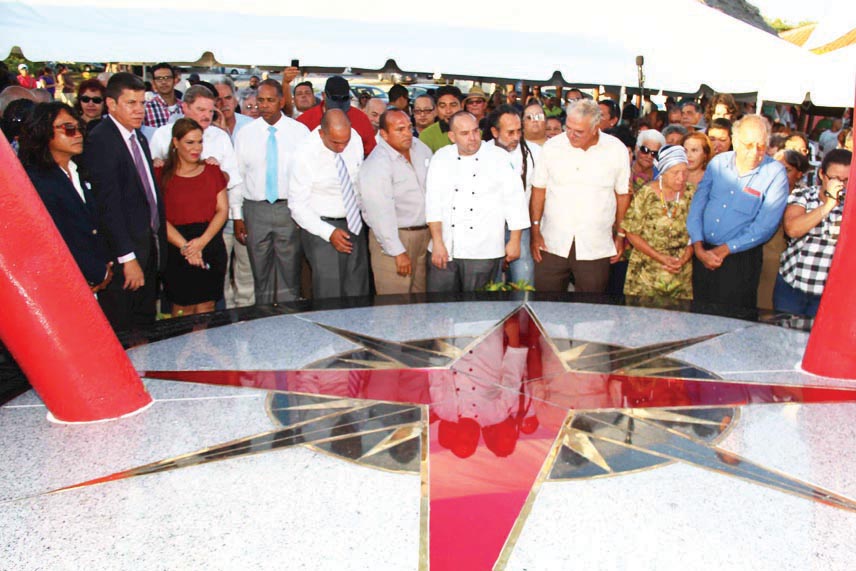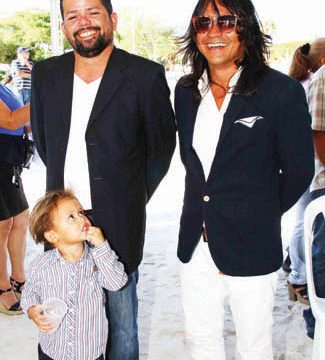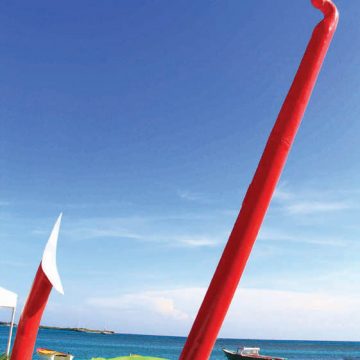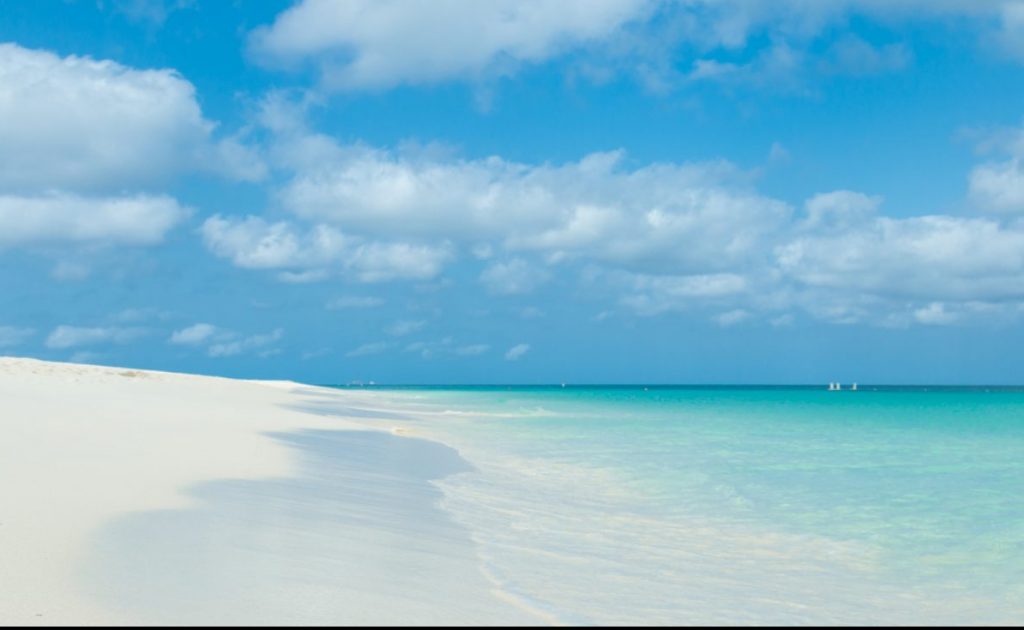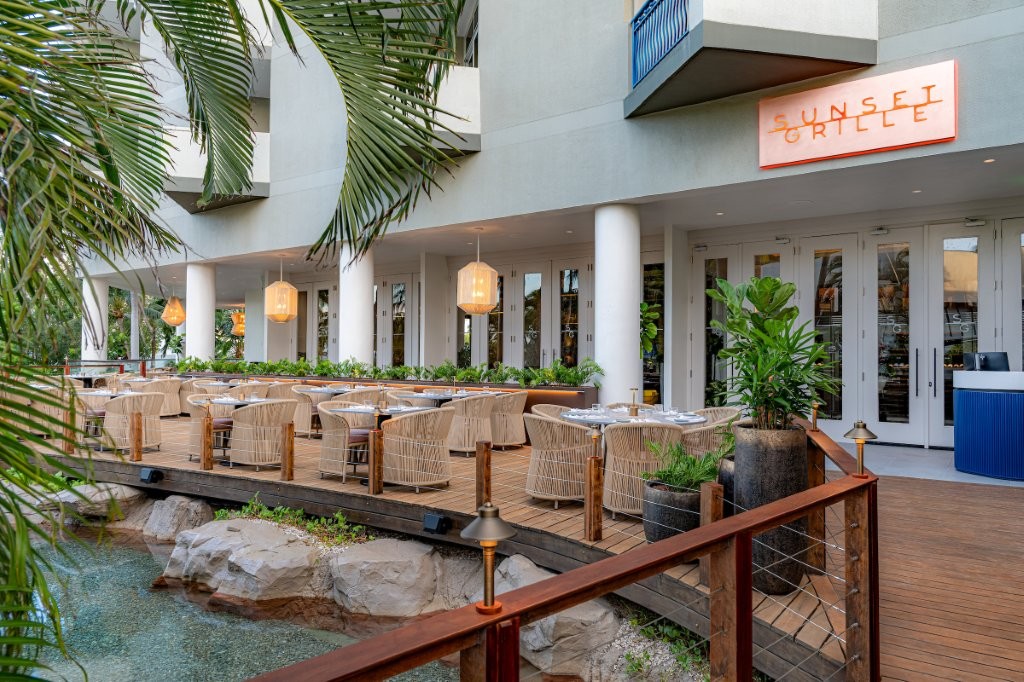Courtesy of: The Morning News
By: Rosalie Klein
Though many modern fishing rigs line island harbors, the time-honored tradition of Aruban men going out to sea to make a living or put food on the table in small wooden boats, as depicted in Hemingway’s “The Old Man and The Sea” is still very much a part of island culture, done as it was a century ago. The love of fishing and the camaraderie of challenging the whims of the waters has been passed down through generations of island fisherman, most of them members of the Centro Hadicurari fishing community.
On Tuesday afternoon, August 27, Aruba’s Minister of Tourism, Transport & Labor, Otmar Oduber, who has also taken on the upgrading and modernization of the Department of Agriculture, Animal Husbandry and Fishing, along with Centro Hadicurari, was joined by Aruba’s Prime Minister Mike Eman in unveiling a monument to Aruba’s Fisherman Lost at Sea. The symbolic sculpture sits on Governor’s Beach in Oranjestad.
Island artists were asked to submit proposals for the piece, and the design of Gilbert Senchi and Fernando Vermeer was selected. The combination of metal and inlaid marble depicts a compass of the world with Aruba’s famous four-pointed star, which decorates our flag, dominating the base. The base of the monument will be inscribed with the names of the 42 fisherman known to be lost at sea, with the expectation of more to follow when families come forth with histories of others.
The families of the first 42 where present for the unveiling of the new monument, as well as a number of island dignitaries.
Minister of Infrastructure, Immigration and Environment, Mr. Benny Sevinger was invited to the podium to say a few words, as well as the PM. Expressing the gratitude of all the fisherman and their families was the Director of Centro Hadicurari, Nilky Kock. Also addressing the gathering was Chantal de Cuba, whose fisherman father, Emiliando, was lost at sea in 2011. She related the weeks of worry and heartbreak as an extensive search yielded no results, and commiserated with other families who have experienced this same heart-wrenching loss. Ms. de Cuba was also presented the first copy of an attractive booklet printed by Santa Rosa, Hadicurari and the Ministry of Tourism, with important information on sea safety procedures, as well as the histories of the 42 fisherman lost at sea.
Though the island authorities encourage the continuation of this proud tradition of living from the surrounding sea in a native manner, they also recognize the inherent drawbacks of this simple wooden boats, without all the modern communications and fish detecting equipment of the new outriggers. The government also gifted all those still fishing in the traditional manner, many doing so not only for the love of the art, but also because they cannot afford such upgrades, with safety kits that are expected to increase the success rate of finding those who have gone adrift because of stalled motors.
Just before unveiling the base of the unique monument, a special thanks went to Search and Rescue Foundation Aruba, SARFA, for their tireless volunteer efforts whenever a fisherman has not returned home when expected, as well as their free classes, lectures and workshops on sea safety.

